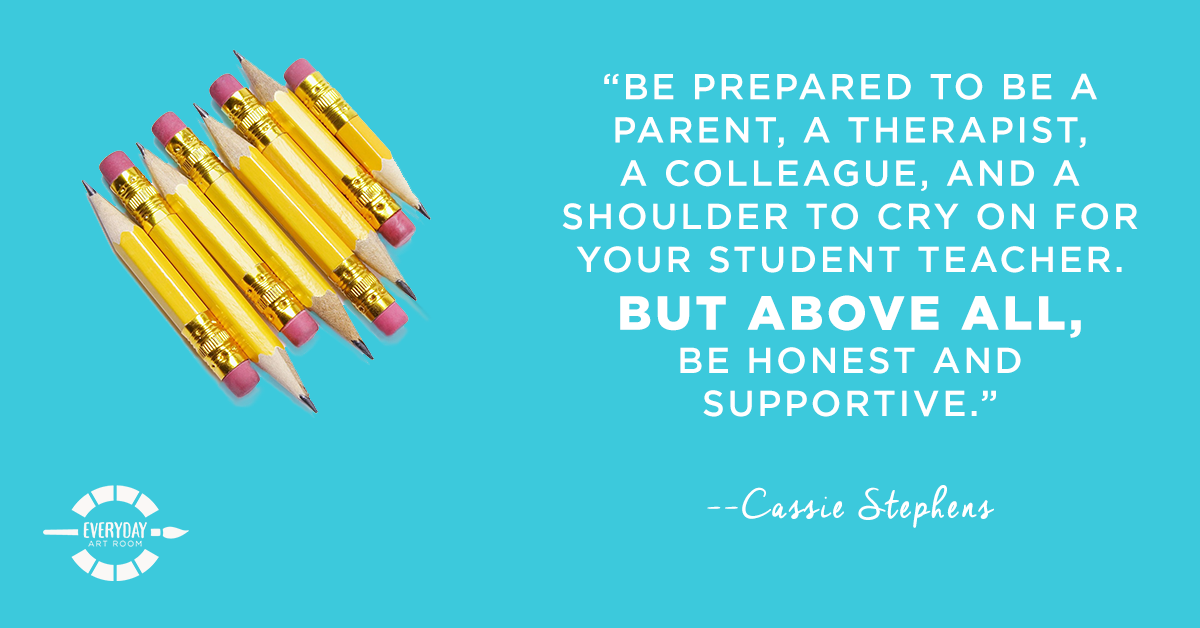Related

Professionalism
 Podcast
Podcast
The March Mailbag: Collaboration, Creativity, and Classroom Energy (Ep. 411)

Professional Practice
 Podcast
Podcast


